A inventory of nine unissued tokens that can participate in points mining

Reprinted from panewslab
04/17/2025·14DAuthor: Ignas
Compiled by: Felix, PANews
Although the crypto market looks boring and dominated by macro factors, there are still a number of emerging, worth trying, token-free protocols. This article will take stock of 9 agreements that can participate in income mining.
1.Ostium
Perpetual contract exchange is an extremely competitive track, with leaders constantly changing: dydx→GMX→Hyperliquid.
But Ostium is a unique protocol. The agreement brings leveraged trading on the S&P 500, Dow, Nikkei, gold, copper and numerous other TradFi assets to the chain.
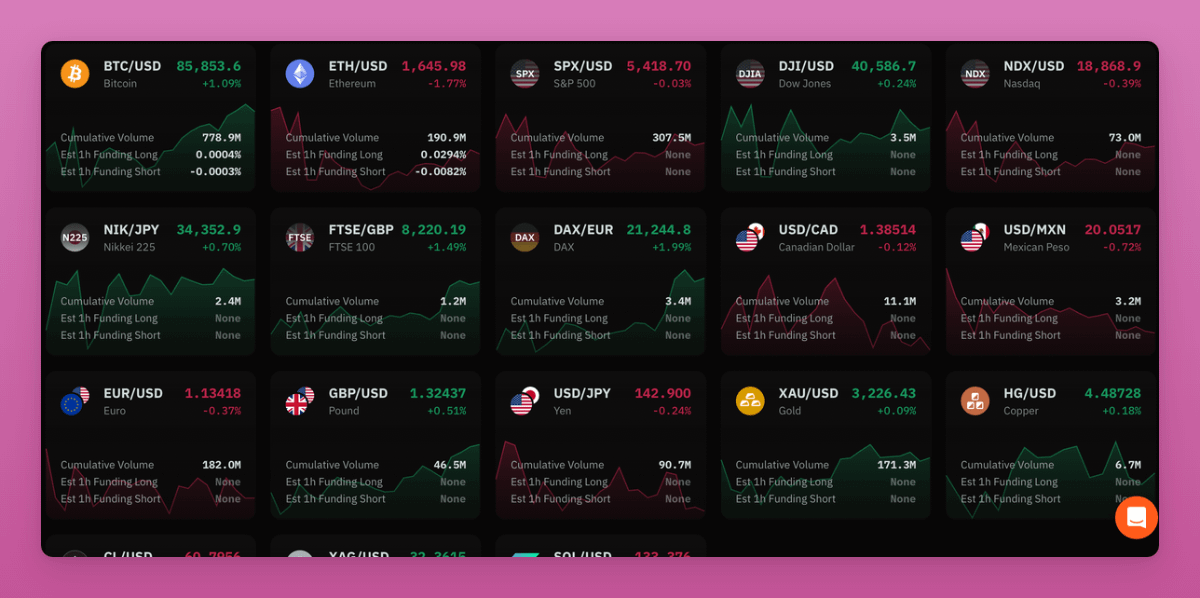
Ostium is built on Arbitrum. These "risk assets" (RWAs) do not actually support anything, but Ostium provides synthetic on-chain price exposure through oracle price information.
Although Ostium is not the first agreement on the track, it is in good momentum (Source: Dune ):
- The total TVL of Ostium Liquid Pool (OLP) is $46 million, and its function is similar to HLP on Hyperliquid for initiating transaction and clearing fees.
- Daily active users are 845, weekly active users are 2225
- Total transaction volume of US$2.1 billion
Ostium provides points for traders and OLP depositors starting March 31.
On-chain RWA transactions, even synthetic assets, have great potential for many crypto-native users. It allows users to withdraw stablecoins to traditional financial platforms.
This could be a good airdrop for early users.
2. Axiom
You may have heard of Photon, BullX, GMGN, BonkBot, and other Solana-based trading platforms.
But these are all products of 2024.
Axiom, powered by Y Combinator, was launched in February and now dominates the entire category (44% of the total, the dark blue part of the dashboard in the picture below).
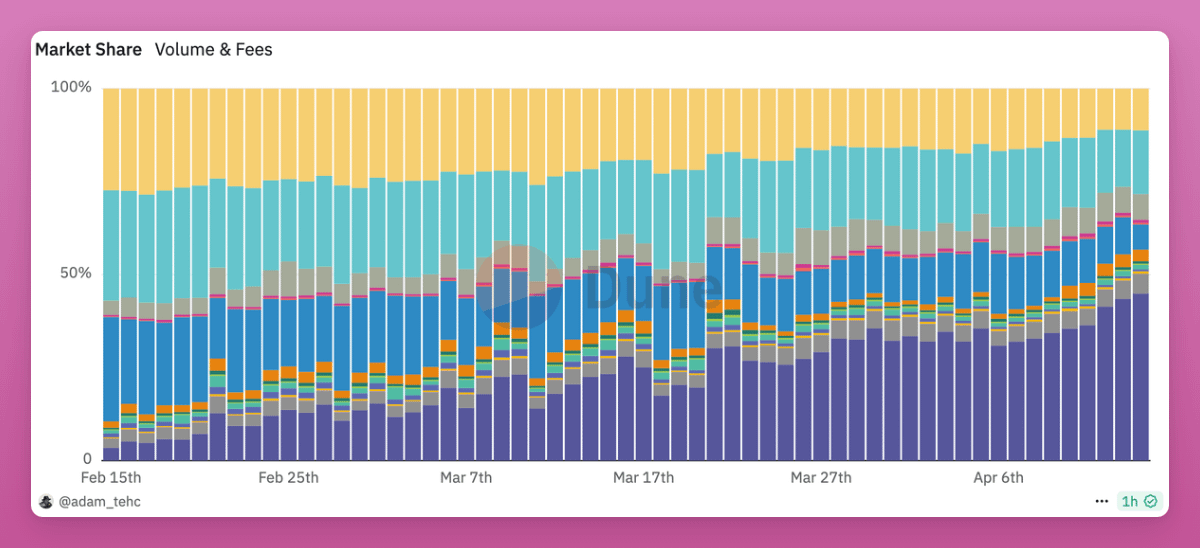
Source: [Dune](https://dune.com/adam_tehc/trading-bots-on-solana)
Interestingly, Axiom's official X account and co-founder are very low-key on X and rarely post. It seems that marketing is spread through word of mouth.
In addition, Axiom's ultimate goal is to trade any asset on any chain, including perpetual contracts (transactions through Hyperliquid in real time), earnings agreements, wallet tracking, etc.
Axiom can benefit from Solana’s online trading.
The points activity is currently open and can be participated through transactions, tasks and recommendations.
3. Fragmetric
If you missed Solayer, Fragmetric might be the second chance (because LAYER is actually rising after the airdrop).
There are two messages about Fragmetric:
- Bad news: It wasn't too early to launch, as the deposit service was opened in October 2024.
- Good news: It’s not too late yet, the tokens have not been launched yet, and the points are still under statistics. This is a simple "deposit is mining" model.
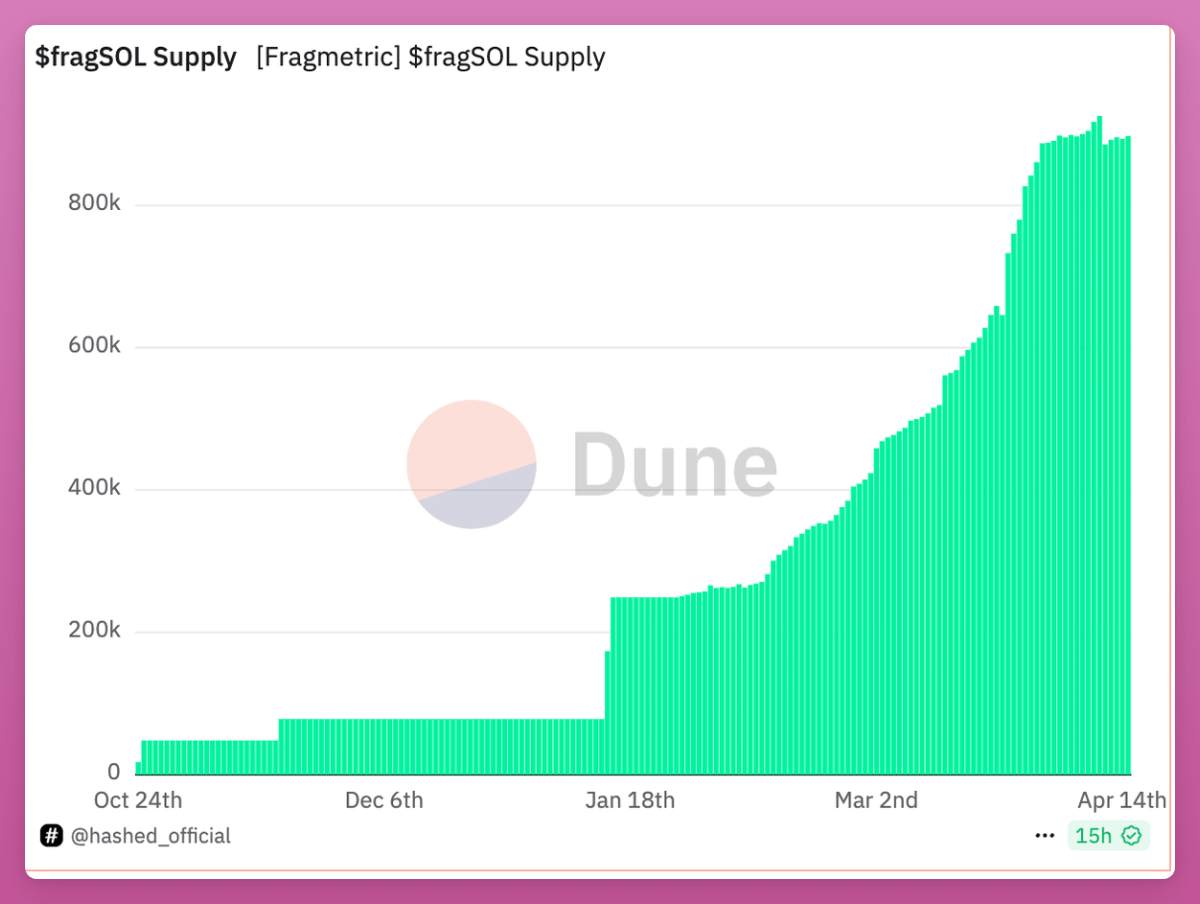
In short, Fragmetric is a liquidity re-staking agreement built on Solana.
When you deposit SOL or LST into Fragmetric, you get an LRT like fragSOL or fragJTO.
The re-staker will become SANG (SolanA Network Guard), a community of guardians that protect the Solana ecosystem. In addition, you can get additional rewards for guarding NCN/AVS (new decentralized service).
If you have idle SOLs and want to spread the risks of Kamino, Marginfi and Solayer, this is a very simple strategy.
TVL has reached $125 million, so it's not too early.
F points are Fragmetric's loyalty system that users only need to hold LRT to obtain. You can also get more points by wrapping LRTs such as wfragSOL for DeFi.
Fragmetric raised a total of $12 million. The latest $5 million round of financing is invested by RockawayX, Robot Ventures, Amber group and BitGo.
In short: Fragmetric is a very simple SOL farm.
4. Loopscale
Loopscale now allows you to earn more with your newly acquired fragSOL. We will introduce it in detail later.
Loopscale brings modular, order-based lending innovation to Solana DeFi.
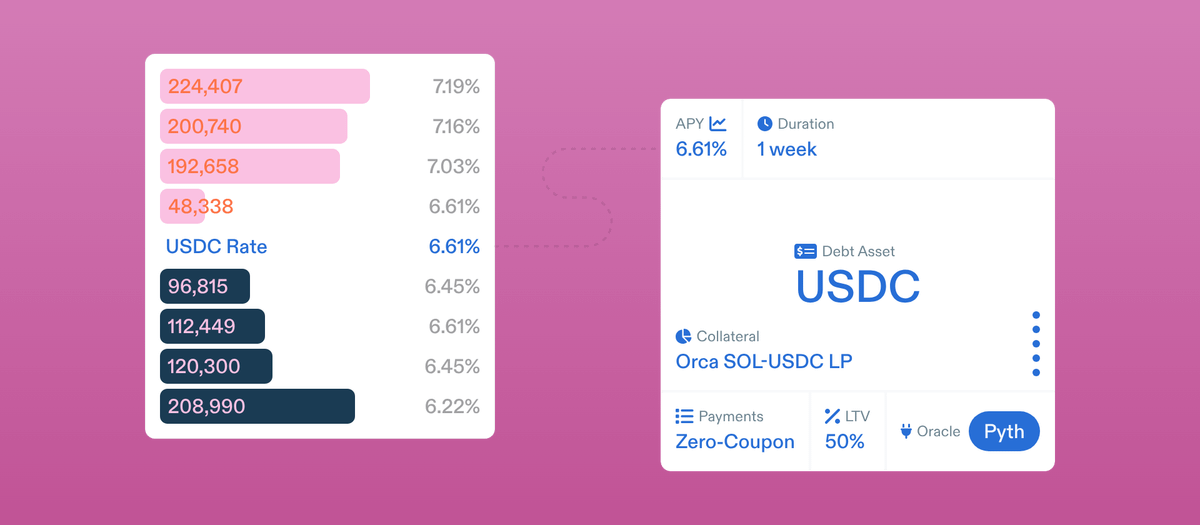
This is different from the liquidity pool model used by Kamino, Marginfi, and even Aave:
"By direct order book matching instead of liquidity pools and algorithmic interest rates, Loopscale improves funding efficiency, enables more accurate risk management, and supports new markets that are difficult to achieve with traditional DeFi architectures," Loopscale wrote in its official document.
Users can lend/borrow, Loop (one-click leverage multiplier like Kamino), or join the vault.
Since Loopscale ended its internal beta five days ago, it has launched Genesis Vaults, offering more than 6 times the points before reaching the upper limit.
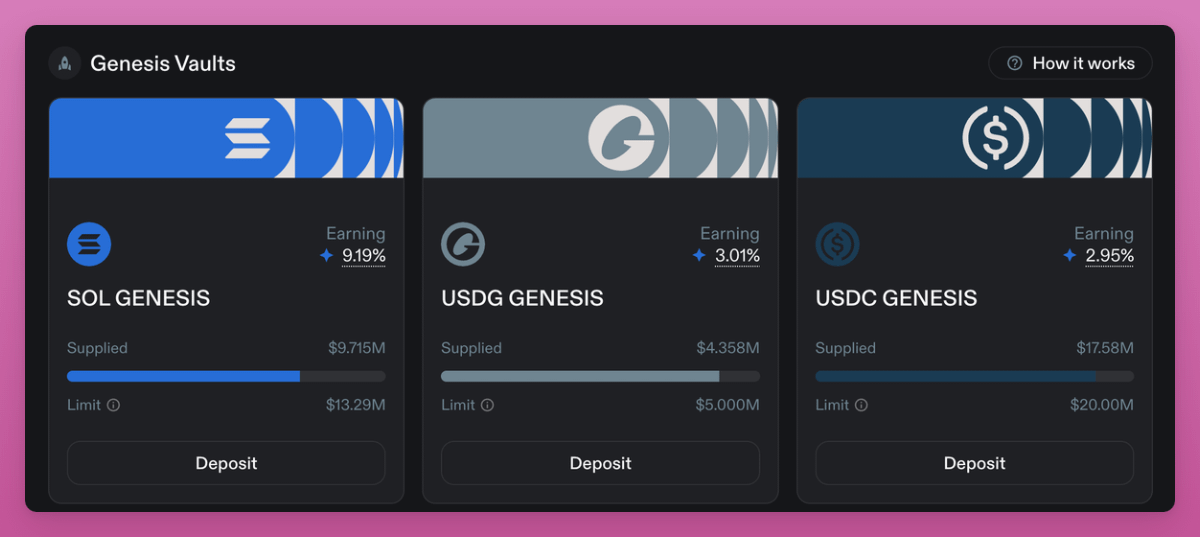
A simple strategy is JUPSOL looping, with annualized returns of more than 22% (similar to Kamino multiply). Double points can be obtained.
In addition, the official said that the short-term LST/LRT decoupling will not liquidate the user's loop, "but the pledge income is lower than the borrowing cost or the poor performance of the validator may lead to liquidation."
If the user is more degenerative and wants SOL to receive 32% annualized returns, there is another Vault that can store fragSOL:
- Save SOL to Fragmetric
- Get PT-fragSOL on Exponent (Pendle of Solana)
- Loop PT-fragSOL on Loopscale, annualized return 32%
Currently, TVL is about $40 million, so it is still in its early stages.
Loopscale supporters include: CoinFund, Solana Ventures, Coinbase Ventures, Jump and Room40.
5. Upshift
Do you think DeFi is becoming more and more complex, and finding high-risk returns opportunities is becoming more and more time-consuming?
At Upshift, you can deposit cryptocurrencies into vaults managed by “senior hedge funds” and investment managers.
Earnings strategies cover from looping to more complex products, including Delta neutral hedging, OTC options or systematic stablecoin DEX market making.
Upshift has four core products:
- Lending: Offering on-chain over-mortgage loans to verified institutions
- DeFi Income: A carefully selected treasury by top DeFi funds
- Vault as a Service: Plug and Play Agreement Vault
- Synergistic effect: borrowing with a treasury as collateral to improve returns and capital efficiency
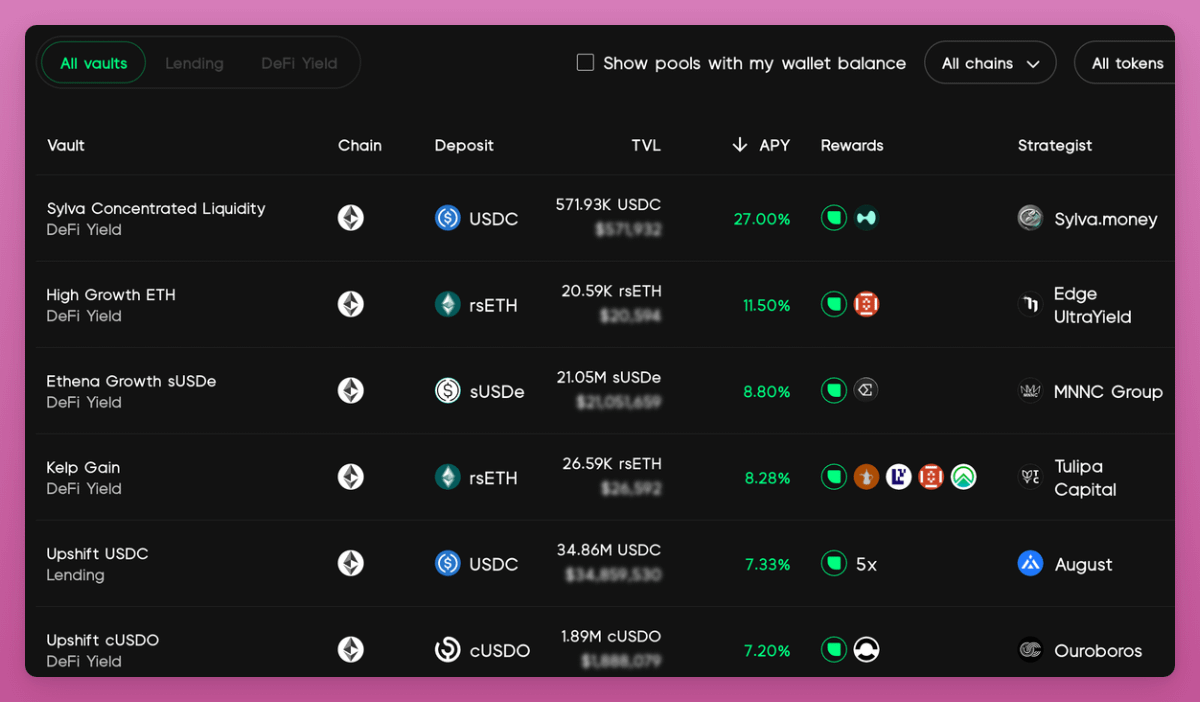
At the time of writing, the total TVL reached US$236 million, which was a decent performance. In addition, 5 times the points will be provided until the deposit reaches US$750 million.
Individuals prefer the Hyperbeat Ultra HYPE strategy, which can manage the income farming of HYPE tokens on the HyperEVM ecosystem.
The project was invested by Dragonfly VC, Hack VC, 6MV and Robot Ventures.
6. Level
If you hold any stablecoins, please note:
Level is a stablecoin protocol for issuing lvlUSD. lvlUSD itself is a stablecoin, backed by USDC and USDT and generates revenue through quality lending agreements.
You deposit USDC → Save USDC to platforms such as Aave/Morpho → You will get lvlUSD and use it elsewhere in DeFi.
You can get an annualized return of 8.48% by simply pledging lvlUSD as a value-added slvlUSD.
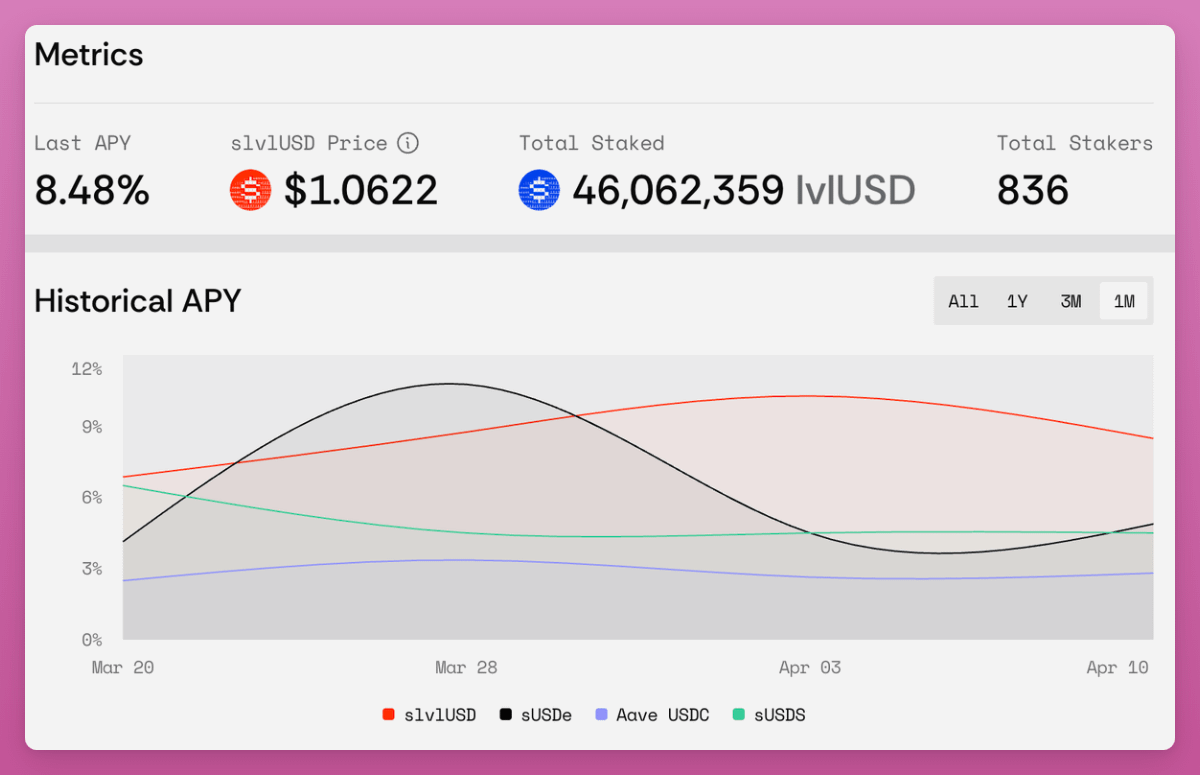
However, to earn XP points, you need to use lvlUSD in the DeFi protocol for mining: deposit lvlUSD into Curve, Spectra, or Pendle (currently the PT yield is 13%), etc.
At the time of writing, TVL was $138.26 million, which performed well. Level's social account followers on X are also growing, boasting a good sign for the token's rise.
The project is powered by Dragonfly VC and Polychain.
Level is not the first protocol to try this strategy, and many protocols fail to implement PMF. However, given the good yield and upcoming airdrops, this could be a promising opportunity.
7. Huma
Stablecoins and RWA are the hottest topics, but it is difficult for users to access. Maybe you can wait for Circle's IPO, but don't expect to make 10 times a day.
PayFi network Huma recently raised $38 million from companies such as Hashkey Capital, Folius Ventures, Stellar, etc.
Previously, Huma merged with Arf, a Circle-powered agreement that provides liquidity and settlement services for cross-border payments.
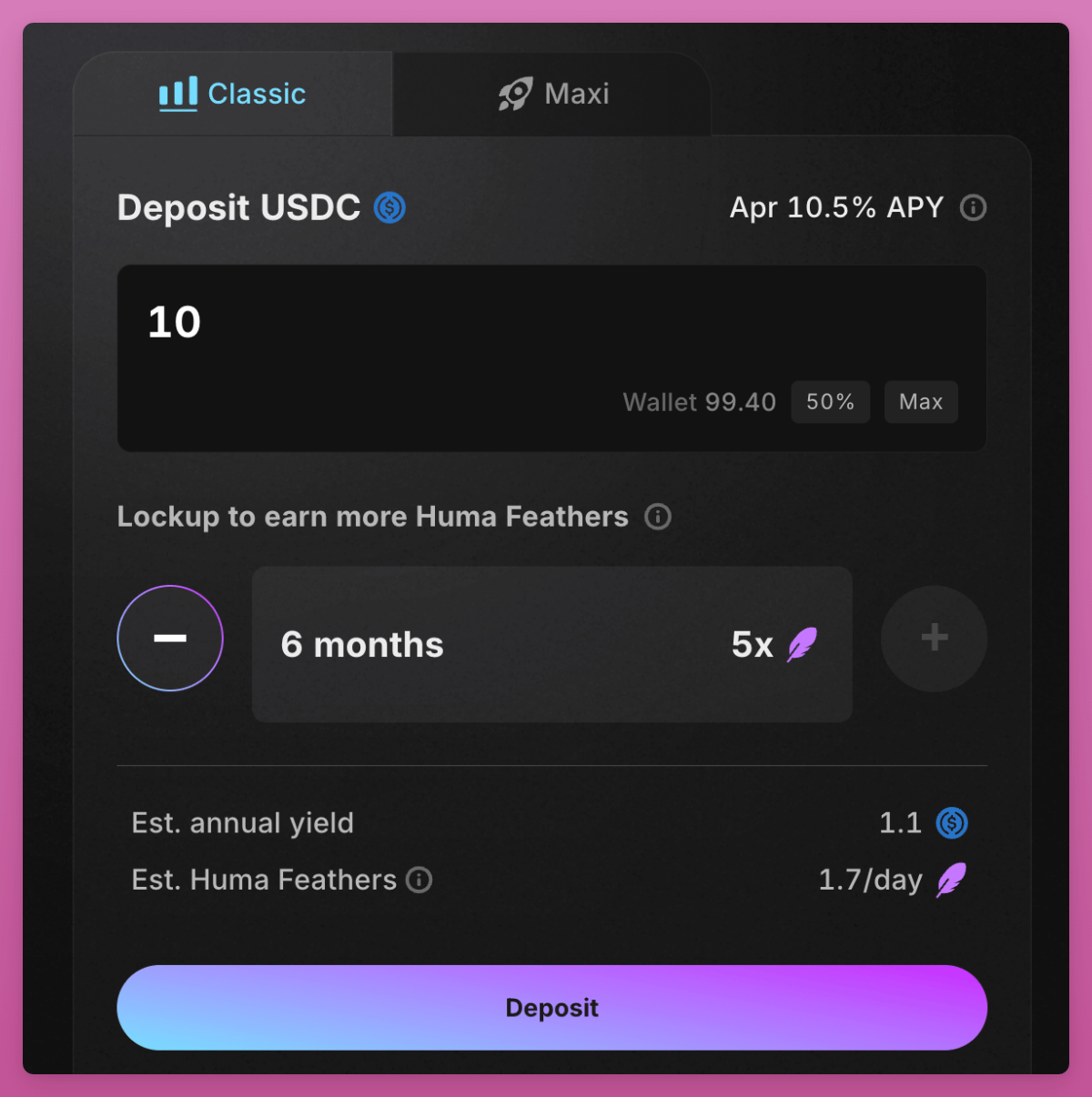
What makes Huma unique is:
Traditional cross-border payments take several days, and the handling fees are high, and banks have made most of the profits. Huma solves this problem by using blockchain and stablecoins (USDC), and funds can be transferred instantly, globally and at low cost.
Huma uses stablecoins and on-chain liquidity to accelerate real-world payments. Financial institutions can settle large amounts of funds globally, replacing the need for legacy systems or pre-financing mechanisms such as SWIFT.
Two ways to make profits:
- Classic mode: Stable monthly yield + Feathers (points). Current yield exceeds 10%
- Maxi model: The annual interest rate is 0%, but if you are optimistic about Huma's future governance token $HUMA, you can get 5 times the Feathers.
Users can now also deposit USDC → get $PST (PayFi Strategy Token), a revenue token that can be used on Solana DeFi (can be redeemed on Jupiter and loaned on Kamino).
Even locked positions can be exited early through the PST liquidity pool.
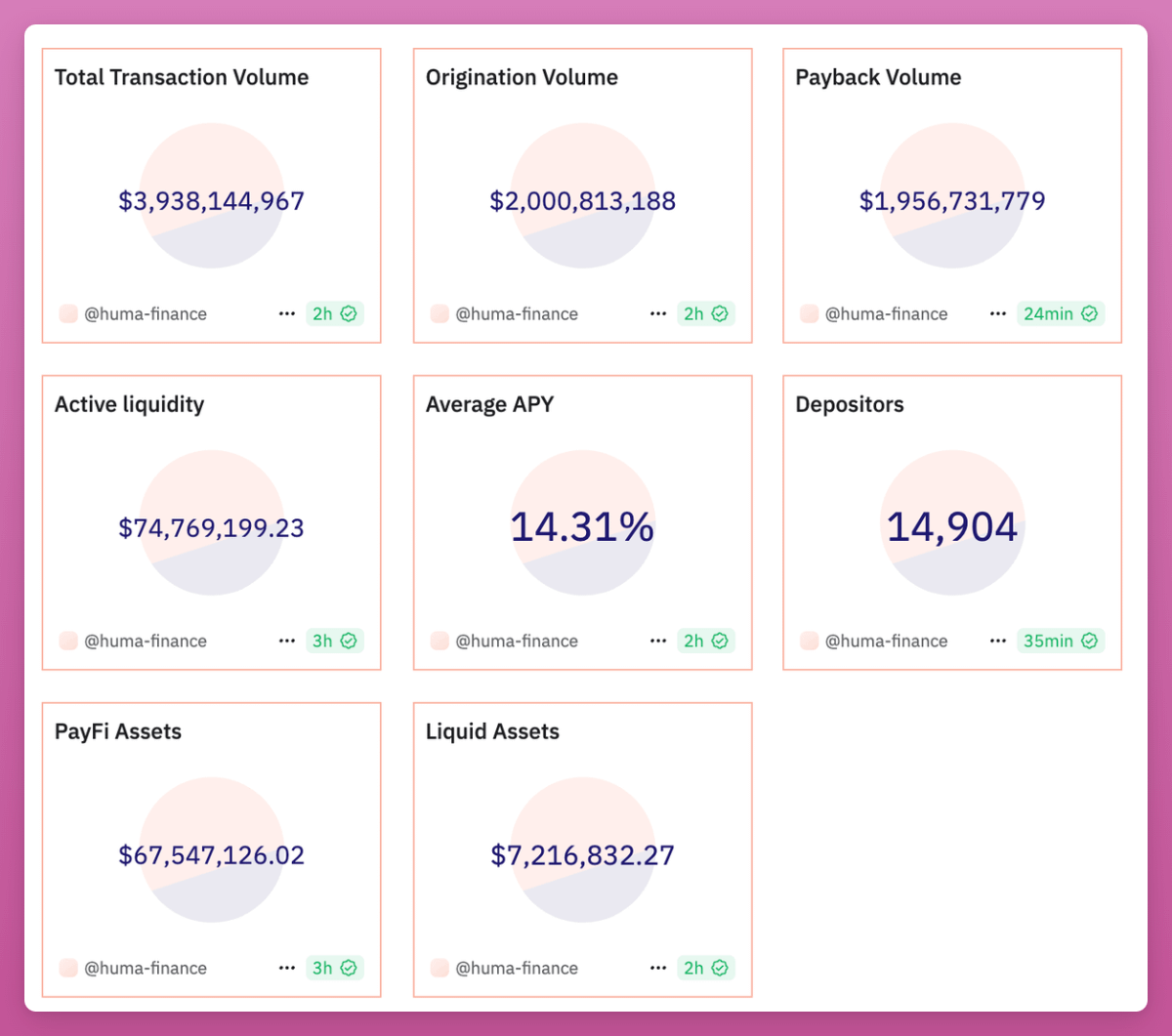
Source: [Dune](https://dune.com/huma-finance/huma-overview)
As of now, Huma:
- USDC annual interest rate is 10.5%
- PayFi transactions reach US$74.7 million and earning profits
- Hold $7.2 million in current assets (stable coins) for emergencies without earning profits
- TVL reaches $81 million
8. DeFi App
You may often see DeFi App promotions on X, but the number and method of advertising may be a bit contradictory. It always makes people more alert and gives people a strange intuition.
But there are reasons to be optimistic:
- DEX ranked third aggregator with daily trading volume of US$229 million and weekly trading volume of US$991 million
- Raised $6 million from venture capital firms at a valuation of $100 million, including Mechanism Capital, Selini Capital, North Rock Digital and about 50 angel investors.
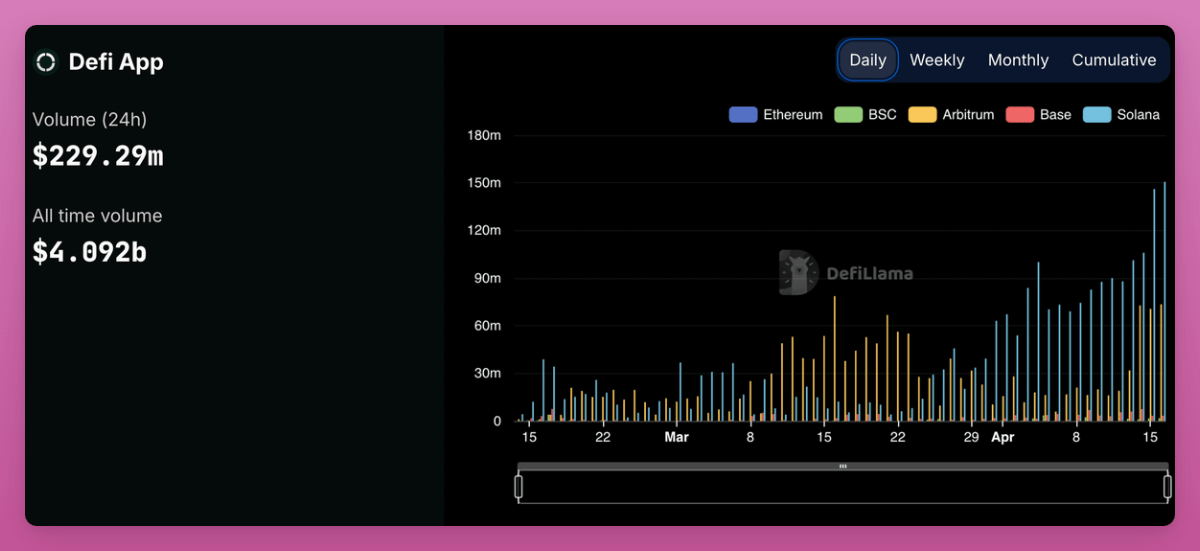
DeFi App is a super application that integrates all functions, making DeFi simple.
Judging from the beta version of the application, the cross-chain redemption function is excellent. No need to pay annoying Gas, support Solana and EVM chains. In the future, income mining, perpetual contract trading and other functions will also be added.
Token HOME has not yet been launched, and users can earn profits through simple token exchanges.
In addition, users can earn points by redeeming tokens and joining Degen Arena.
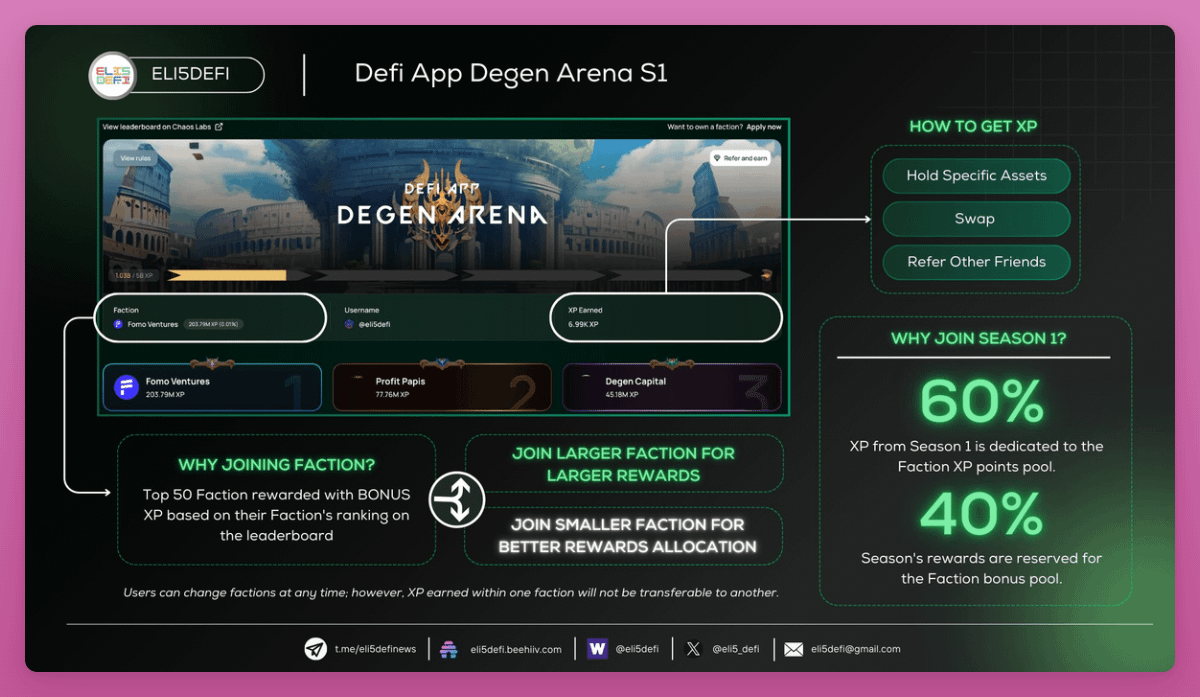
Top 50 factions receive additional rewards and experience the new features of the Defi App in advance. Why join the camp? During Degen Arena’s first season, $HOME was allocated higher:
60% of the experience value in the first season will enter the camp experience pool.
40% of the season reward will enter the faction reward pool.
9. Slingshot
If there is a mobile app that can redeem all tokens across chains, it might be Slingshot.
Before you try it, you need to know the following:
- Creating an account is very simple, just like a Web2 application
- Magic Eden recently acquired Slingshot, reducing the possibility of airdrop of Slingshot tokens
- Users can quickly exchange Bitcoin Rune tokens
So, if you trade cryptocurrencies primarily on your mobile device, Slingshot is an app that you can’t miss.
Related reading: The market is cold, and a list of 7 potential airdrop projects worth paying attention to in the near future


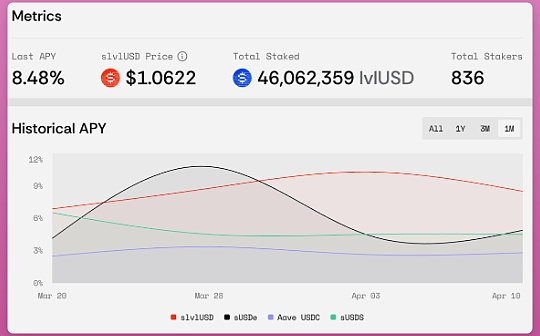
 jinse
jinse